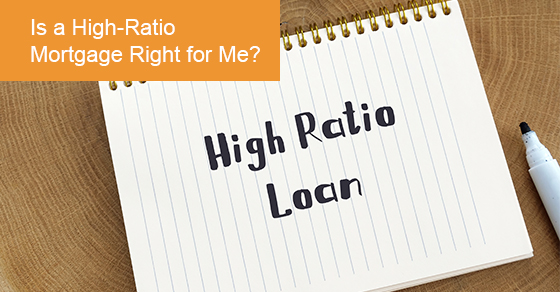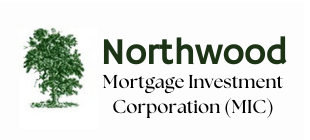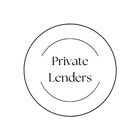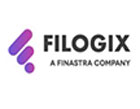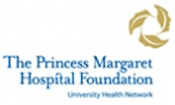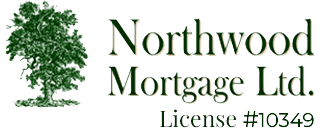In Canada, homebuyers have a variety of mortgage options, including a high-ratio or a low-ratio mortgage. Understanding the difference can be key to how much you pay for your home over the long term.
What is a high-ratio mortgage?
A high-ratio mortgage is one where the buyer pays less than 20 percent of the purchase price of the home as a down payment. It is called a high-ratio mortgage because of the difference between the mortgage amount and the purchase price, also called the loan-to-value ratio. A low-ratio mortgage is one where the buyer puts down more than 20 percent of the purchase price.
Drawbacks of a High-Ratio Mortgage
While one of the benefits of getting a high-ratio mortgage is that you can buy a home sooner, there are some important drawbacks that you need to know. These include:
- Mortgage default insurance. In Canada, if a homebuyer puts less than 20 percent towards the down payment, they need to buy mortgage default insurance from the Canada Mortgage and Housing Corporation (CMHC). This type of insurance is in place to protect the lender in case you can’t pay. The cost of insurance premiums will be included in your monthly mortgage payments. They are usually between 2 and 4 percent of the mortgage amount.
- Amortization. An amortization period is the total amount of time you have to pay off the mortgage. Having a high-ratio mortgage also means the maximum amortization period you can get is 25 years. If you had a low-ratio mortgage, your amortization period could be up to 35 months. Paying your mortgage off in less time means your monthly payments will be higher.
- Interest rates. The insurance that is required for high-ratio mortgages means lenders will offer you lower interest rates because the loan is seen as less risky. While that seems like good news, the amount that you will pay in insurance premiums will offset any savings you’d have seen from lower interest rates.
- Credit score. To qualify for insurance, the CMHC requires borrowers to have a credit score of over 680. That means if you don’t have a strong credit rating, you won’t qualify for insurance and, therefore, won’t be able to get a mortgage to pay for your home.
- Taxes on insurance. In some provinces, such as Quebec and Ontario, the government puts a provincial sales tax on top of your closing costs. That means you’ll have to pay the PST for the insurance before you can get the keys to your home.
While there are many considerations to getting a high-ratio mortgage, making an informed decision is the best way to ensure you get the loan that is right for you. If you understand what is involved in high-ratio mortgages, have less than 20 percent as a down payment, and you want to buy your home now, it is best to talk to a mortgage professional before you decide.
If you are interested in learning more about high-ratio mortgages in Toronto, call Northwood Mortgage™ at 888-492-3690 or contact us here.
